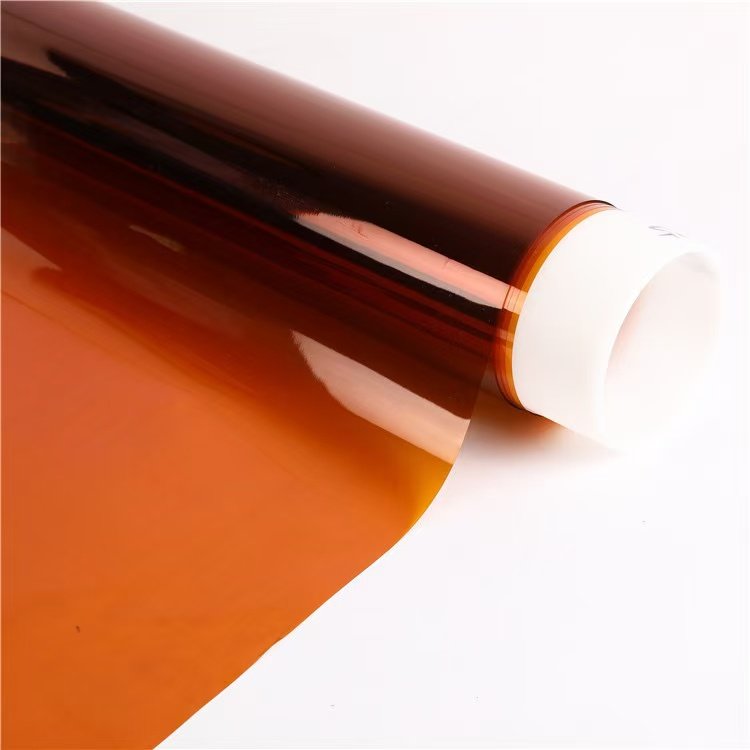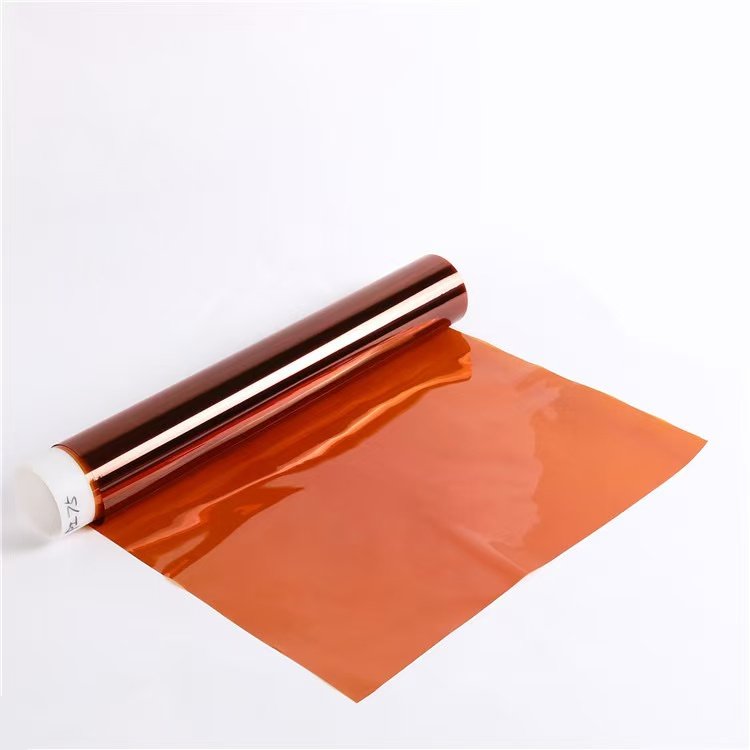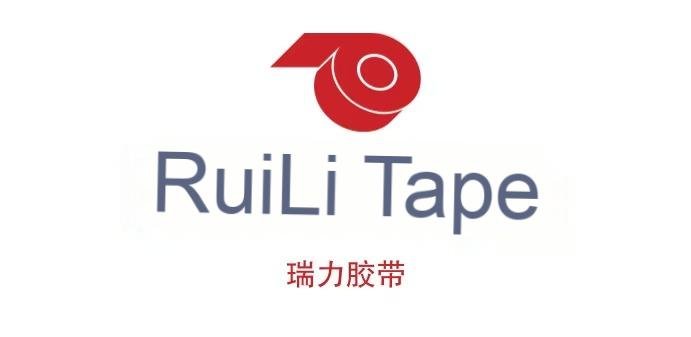Polyimide films (PI films) can be classified into the following categories based on their chemical structure, preparation process, performance characteristics, and application fields:

Classified by chemical structure
Isobenzene type PI film
Using phthalic anhydride (PMDA) and aromatic diamines (such as ODA) as monomers, it has excellent high temperature resistance (such as DuPont Kapton) ®)。
Biphenyl type PI film
Using phthalic anhydride (BPDA) as a monomer (such as Upilex produced by Ube Industries) ®), Has higher mechanical strength and dimensional stability.
Fluorinated PI film
Introducing fluorinated groups (such as 6FDA monomers) to improve dielectric properties and solubility, suitable for high-frequency electronic devices.
Alicyclic PI film
Using cycloaliphatic dianhydride or diamine to improve transparency and UV resistance, but slightly lower temperature resistance.
Classified by preparation process
Casting method PI film
The process of casting polyamide acid (PAA) solution into a film and imidization is simple and suitable for thick film preparation.
Stretching method PI film
Improving mechanical properties and dimensional stability through biaxial stretching, commonly used in electronic substrates.
Gas deposition method for PI thin film
Preparation of ultra-thin or high-performance thin films by chemical vapor deposition (CVD) for special fields.
Classify by functional characteristics.
High temperature resistant PI film
Long term use temperature above 250 ℃, such as Kapton used in aerospace ®。
High thermal conductivity PI film
Add fillers such as boron nitride for heat dissipation scenarios (such as flexible circuit heat dissipation layers).
Low dielectric PI film
By introducing porous structures or fluorine atoms, the dielectric constant can be reduced (applicable to 5G high-frequency materials).
Transparent PI film
Reduce conjugated structures and improve optical transparency (such as flexible display substrates).
Conductive PI film
Incorporating carbon nanotubes or metal particles for electromagnetic shielding or electrode materials.
Classified by application field
Electronic grade PI film
Used for flexible printed circuits (FPC), copper-clad laminates (FCCL), chip packaging, etc.
Aerospace grade PI film
Resistant to extreme temperatures, used for satellite insulation layers and spacecraft thermal control materials.
New energy grade PI film
As a separator for lithium-ion batteries or a backsheet for solar cells.
Medical grade PI film
Good biocompatibility, used for coating medical catheters or implantable devices.
Special type
PI aerogel film
Ultra lightweight porous structure, used for insulation or absorbing materials.
PI nanocomposite film
Adding nanoparticles (such as SiO ₂, graphene) to enhance specific properties.

Summarize
The classification dimensions of PI films are diverse, and in practical applications, they are often selected based on comprehensive needs. For example, in the electronics field, there is a preference for biphenyl type PI with high dimensional stability (such as Upilex) ®), And in the aerospace field, homobenzene PI (such as Kapton) is commonly used ®)。 The research and development of new PI films is moving towards functionalization (such as degradable PI) and compounding.
